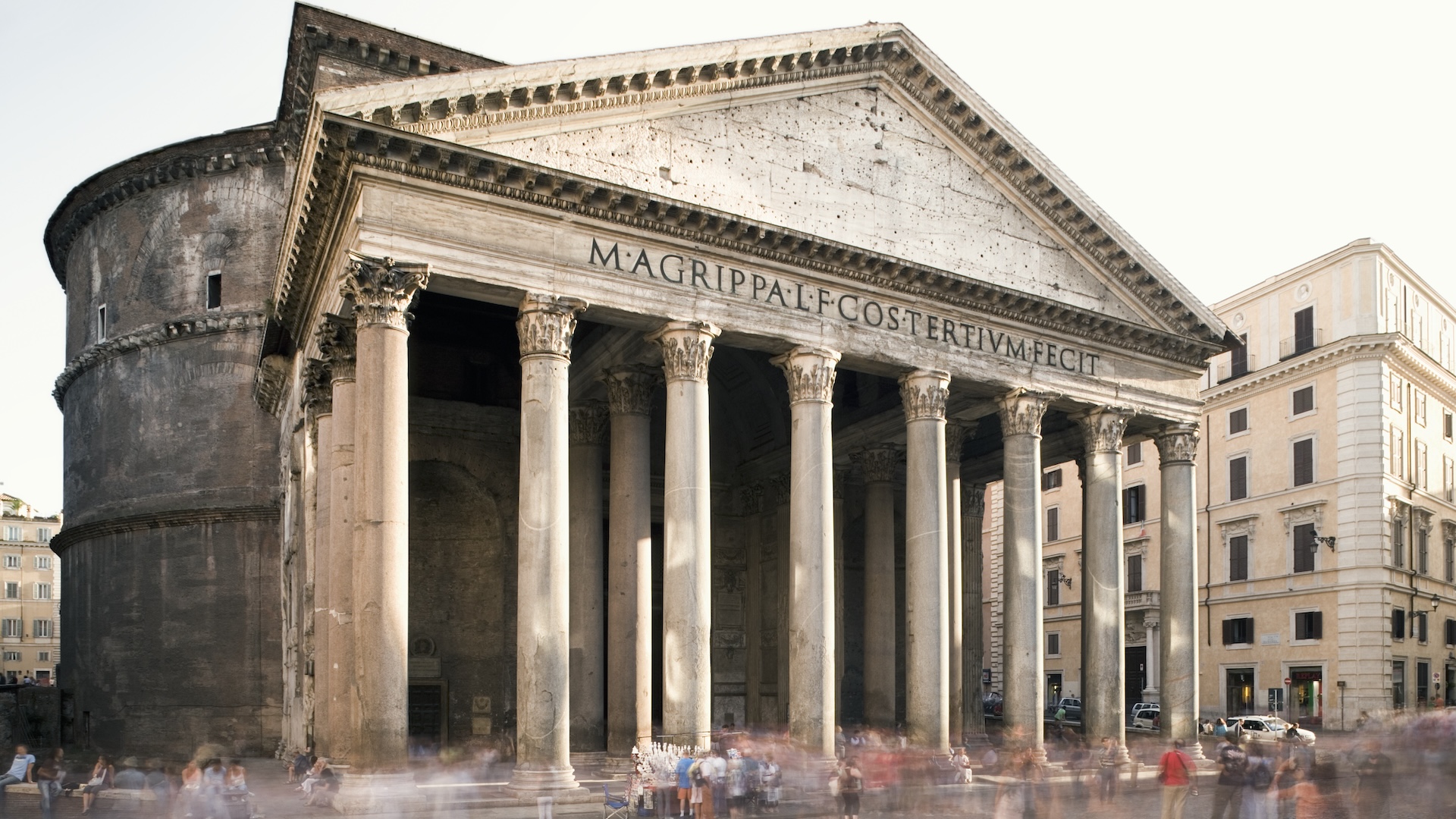When you buy through link on our site , we may realize an affiliate direction . Here ’s how it make .
Italian history
An outside squad of expert from the fields of computer architecture , surveying and engineering are recording archeological and cultural site in the ancient mountaintop city of Volterra , in the Tuscany area of central Italy . The city has been continually occupied for more than 3000 years , from at least the Iron - old age Villanova period before the 8th Century B.C.
2,000 years
The city now hold archeological sites and architectural gem that span more than 20 centuries , from the early Etruscan and Roman eras to the Medieval period , whenVolterrawas distinguished as the manse of a Christian bishop and many of the fine gemstone buildings that stand today were constructed .
Roman influence
As early as the 6thCentury B.C. , Volterra was part of the Etruscan League of city state that had a formative influence on the emerging city of Rome , about 100 miles to the south - east . part of the city ’s sacred acropolis district date from that time , including the remains of an Etruscan tabernacle built in the 3rdCentury BC .
Joining Rome
Volterra formed an alliance with Rome in the 3thCentury B.C. , and thereafter became a distinguished Roman city . Volterra ’s Roman theater , ramp up in the 1stCentury B.C. , is one of the good preserved in the world and an architectural ancient marvel .
Tech connects eras
Since 2016 the US software companyAutodesk has been work with the Volterra - Detroit Foundationin the U.S. to digitally document the archaeological sites and architectural treasures of Volterra with the latest reality - capture engineering and software .
Digitizing the past
The squad used three - dimensional laser scanners , ethereal drones and other equipment to make precise digital records of about a twelve archaeological and cultural land site in Volterra .
Ancient stores
The team also document the inside of several historic building in Volterra , including the gemstone town hall , which built in the 12thCentury A.D.
High arches
Over the centuries , Volterra has expanded and been rebuilt , and the city that remain firm today is a superimposed composite of archeologic and architectural elements . This Etruscan gateway is one of earliest stone arches in history . It was built in the 5thCentury B.C , and today it is smother by a Medieval stone wall built in the twelfth Century A.D.
Roman theater
A key part of the collaborationism between the Volterra - Detroit Foundation and Autodesk has been to make a accurate three - dimensional subject of Volterra ’s far-famed Roman theatre . These highly - detail digital records used will be used for pedantic research , to supervise change in the archaeological website , and to plan future excavation .
Massive structures
The 3D study of Volterra ’s Roman Theater has provided novel insights into how such massive and refined stone structure were build in cities throughout the Roman Empire . Thetheater would have been able to seat up to 3500 people , and during the other Roman period it would have been the hub of societal living in Volterra . But in the 3rdand 4thcentury it was no longer used as a dramatics , and a Roman bathtub with gardens was build in its courtyard .




























